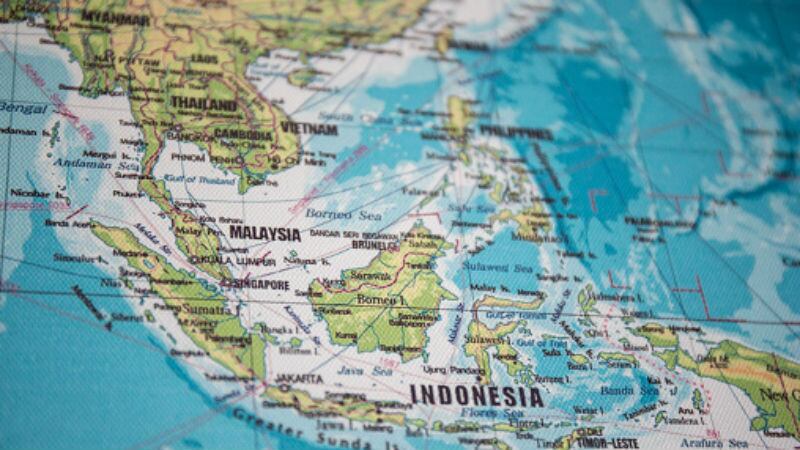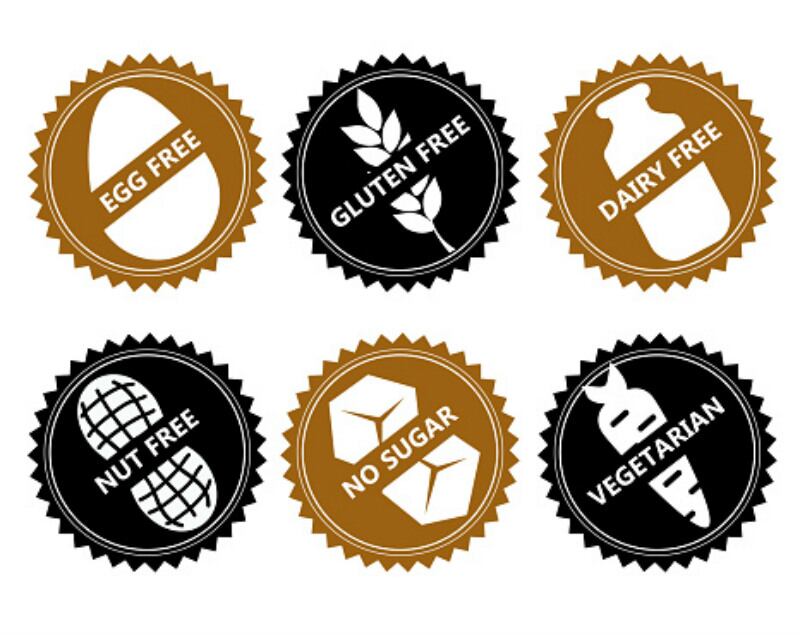GFSI 2019 was developed by The Economist Intelligence Unit in partnership with Corteva Agriscience and examined 113 countries’ food systems and supply chains across factors such as food affordability, availability, quality and safety and natural resources and resilience.
Overall, Singapore received a Food Security Score of 87.4 (out of 100) placing it as the top ranker globally, far ahead of its closest competitors Ireland (84.0) and the United States (83.7). According to GFSI 2019 data, this can be attributed mainly to Singapore’s food affordability based on tariffs and available food safety-net programmes (public initiatives to protect from food-related shocks).
However, when it came to GFSI’s newly-added criterion to measure natural resources and resilience, the country scored extremely lowly in terms of food import dependency, highlighting the fragility of its current situation.
“Recognising the growing impact of the global climate crisis and depletion of natural resources, the GFSI also included [this] as a separate category, [but] when this factor was accounted for in the analysis, all countries suffered a drop in their overall scores, [including Singapore],” said Corteva Agriscience via a formal statement.
“[Countries] who are heavily dependent on food imports for their food supplies such as Singapore and the Philippines saw their ranking drop significantly, [and] Singapore’s decline [was] also attributed to water-related risk factors including its vulnerability to storm severity, ocean eutrophication and rising sea levels.”
Singapore scored just 20 out of 100 points overall for the sensitivity of its system, meaning that it is extremely susceptible to any issues that might deplete natural resources such as climate change.
It also scored zero out of 100 points for food import dependency, which means food shortages would become a major issue for the country if its major import sources such as India and Thailand limited exports to feed their own populations.
“[What this highlights overall is] the vulnerability of global food systems, [even those that are currently high-scorers for food security], against threats such as drought, flood and rising sea levels,” added Corteva.
Corruption
Whilst Singapore’s major worries are about food import dependency, almost all the other countries in the ASEAN region face a very different challenge when it comes to establishing a secure food system, in the form of bureaucratic corruption.
According to GFSI 2019 data, Singapore scored 100 out of 100 points in the ‘Corruption’ category, reflecting close to no corruption in the country. However, the closest score following this went to Malaysia at just 50 points, followed by Myanmar, Thailand, Vietnam and Indonesia at just 25 points.
The Philippines, Laos and Cambodia fared worst in this category with zero points.
According to former Transparency International Vice Chairman and United Nations Special Advisor Tunku Abdul Aziz, corruption has a very significant impact on food security.
“Whether in the implementation of sustainable food programmes or other projects, the destructive nature of corruption manifests itself in that: 1) Decisions are taken not for public benefit, and 2) high cost, complex and prestigious projects invariably favoured over cost-efficient, community-based initiatives using appropriate technology,” Aziz said at an International Food Policy Research Institute conference on food security.
“The consequences are predictable. […] Perverse policies take a heavy toll on sustainable food security.
“Good governance, the antithesis of corruption, must be embraced and adopted wholeheartedly because it holds the key to food security on a sustained basis.”
Micronutrients
GFSI 2019 highlighted micronutrient deficiency as a major issue worldwide, and this was no different in the ASEAN region.
As calculated from the data, average micronutrient availability score for all South East Asian countries was 43.4, far below the global average score of 60.3.
Apart from Singapore and Malaysia which managed to score 76 and 62 points respectively, none of the other South East Asian countries included in the analysis scored above 50 in terms of micronutrient availability.
Three micronutrients received special focus in this report, namely vitamin A, iron and zinc.
“[Worldwide], more than 30% of countries were reported to have insufficient amounts of Vitamin A [and]around a quarter of countries measured have insufficient amounts of zinc,” said Corteva.
Of these, iron deficiency was found to be the most serious for the ASEAN region – even in top-ranking Singapore, the dietary availability of this nutrient stood at just over half with a score of 53, and just over a third at 33 points in Malaysia. None of the other countries managed to score more than 20 in this category.
Vitamin A deficiency was particularly concerning in Cambodia, where it was found to be almost non-existent with a score of zero, as compared to high scores in Singapore and Malaysia (100), and average levels in most other ASEAN countries (50).
“Vitamin A [is] key in ensuring normal vision, a healthy immune system and organ function [which makes the] limited availability of this nutrition [concerning],” said Corteva.
Food industry role
According to Corteva SVP of External Affairs and Sustainability Dana Bolden, “[These insights] allow all stakeholders in the food ecosystem to clearly understand current [food security] challenges. [It] is our shared responsibility to use these findings as a catalyst for action, and drive progress towards a more sustainable food system.
“In doing so, we can produce more nutritious food, improve food accessibility and ultimately, achieve global food security.”
For food and beverage companies, these discoveries could represent opportunities for actions such as product innovation and NPD, for example developing iron-, zinc- or vitamin A-fortified products to meet the region’s needs.





